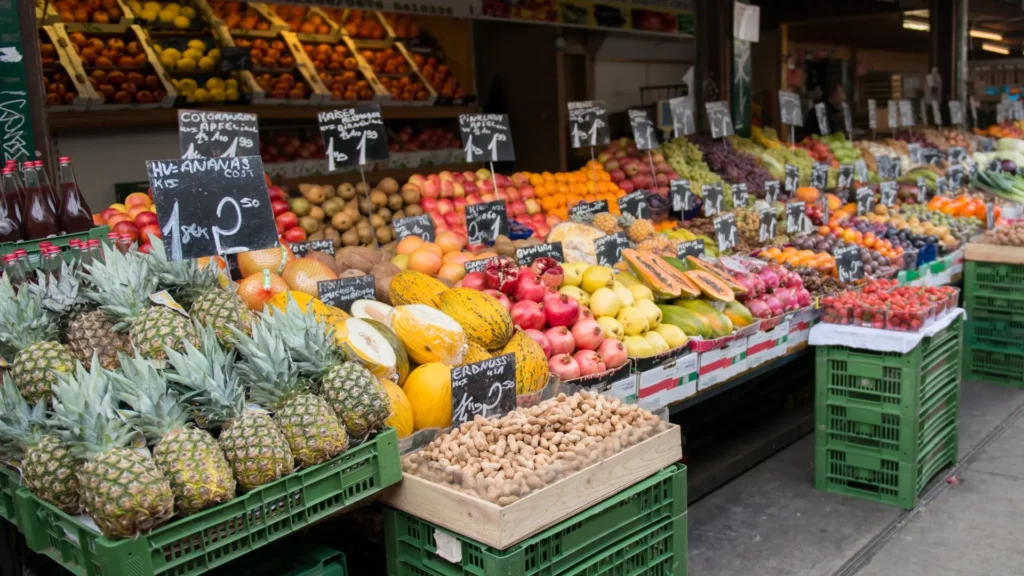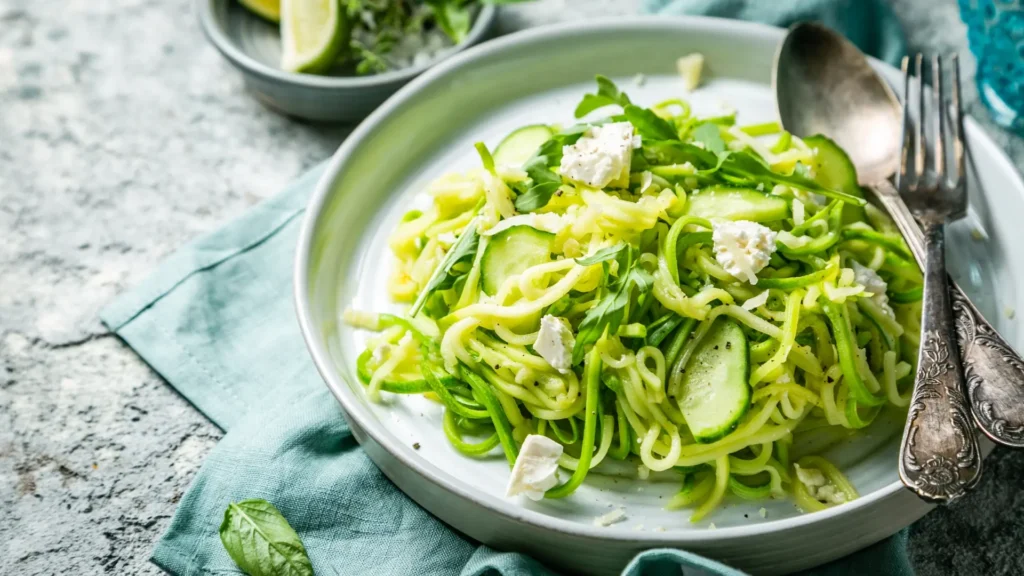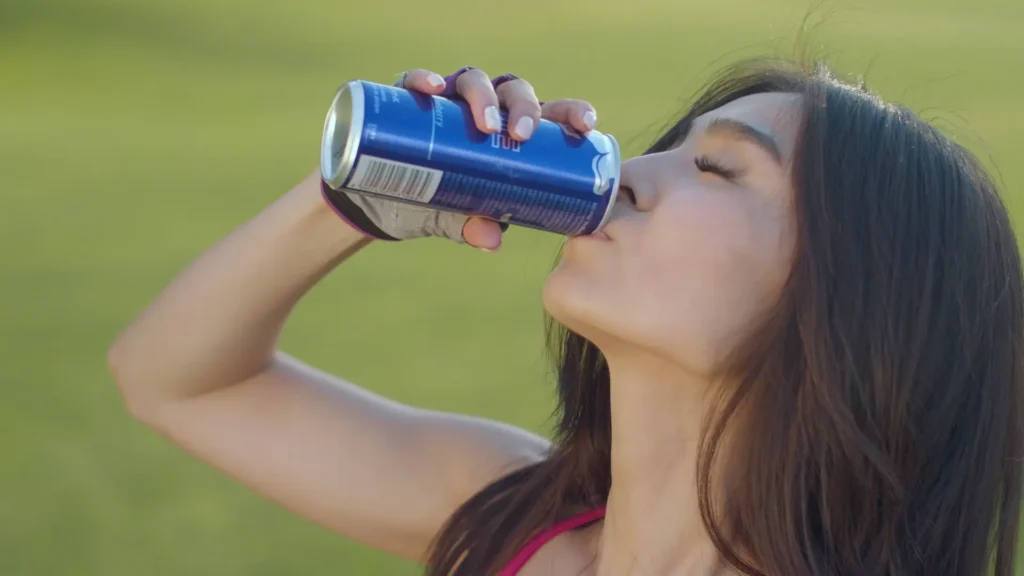Staying hydrated is crucial for maintaining good health. It helps with digestion, keeps your skin healthy, and regulates your body temperature. But what if you’re tired of drinking water all the time? Or maybe you struggle to drink enough water each day? Today we will explore different ways on how to stay hydrated without drinking water.
Understanding Hydration Sources
While drinking water is the most straightforward way to maintain hydration, there are many other beverages and foods that can help fulfill our daily fluid requirements. Health authorities recommend that an average adult male should consume about 3.7 liters (or roughly 13 cups) of fluids per day, while an average adult female should aim for 2.7 liters (or about 9 cups). These guidelines account for fluids obtained from all sources, not just drinking water.
The sources that allow you to stay hydrated without drinking water are quite diverse. They range from fruits and vegetables with high water content like watermelon, strawberries, and cucumbers to dairy products like milk. Even meals rich in soup or broth can contribute significantly to maintaining proper hydration levels.
Certain beverages apart from water, such as fruit juices, milk, and electrolyte-rich sports drinks, can also help replenish fluids lost through activities like exercise or exposure to hot environments. The key is to incorporate a variety of hydrating foods and drinks into your diet to meet your body’s daily fluid needs without solely relying on drinking plain water.
1. High-Water-Content Foods

Incorporating high-water-content foods into your diet is an efficient way to stay hydrated and replenish the body’s fluid needs. Fruits are particularly beneficial due to their natural sugar content, fiber, and essential vitamins and minerals that support overall health.
1.1 Fruits with High Water Content
Here are some fruits that are particularly hydrating:
- Strawberries (91% water): Strawberries are a juicy option for hydration and provide vitamin C, manganese, and powerful antioxidants. Enjoy them fresh or add them to smoothies and salads to boost fluid intake.
- Watermelon (92% water): This summertime favorite is rich in vitamin A, vitamin C, and magnesium. It contains the amino acid citrulline which may aid in muscle recovery.
- Cantaloupe (90% water): Cantaloupe is not only hydrating but also packed with vitamin A, vitamin C, and potassium which support immune function and electrolyte balance.
- Oranges (88% water): Oranges offer a punch of hydration along with a generous amount of vitamin C, potassium, and folate. They’re perfect as a snack or juiced for a refreshing drink.
- Peaches (89% water): Peaches can help keep you hydrated while providing vitamins A and C, fiber, and antioxidants.
- Blueberries (84% water): These small berries come with high water content and are also loaded with vitamins, antioxidants, and fiber.
By incorporating these fruits into your daily diet, you’re not just quenching your thirst; you’re also fueling your body with nutrients that promote healthful living.
1.2 Vegetables with High Water Content
Just like some fruits, certain vegetables are also great for staying hydrated due to their high water content. These veggies not only help balance fluids in the body but also offer a range of nutrients. Here are some hydrating vegetables to consider:
- Cucumber: With an impressive 95% water content, cucumbers are super hydrating. They’re also a good source of vitamin K, which is important for strong bones.
- Iceberg Lettuce: While it may not be as nutrient-dense as darker greens, iceberg lettuce still provides hydration with its 95% water content.
- Celery: At about 95% water, celery is not only hydrating but also contains folate and vitamins A and K.
- Radishes: Known for their spicy taste and crunchy texture, radishes are made up of about 95% water and are packed with antioxidants.
- Romaine Lettuce: This leafy green vegetable consists of 93% water and is a solid source of vitamins A, C, and K.
By including these vegetables in your meals, you can ensure better hydration throughout the day. Whether you add them to salads or enjoy them as snacks, they’re a fantastic choice for staying hydrated.
These vegetables are incredibly versatile and can be incorporated into various dishes without overpowering other flavors. In the following sections, we’ll explore creative ways to include these hydrating powerhouses into your daily routine.
2. Alternative Ways to Stay Hydrated without Drinking Water

Staying hydrated without constantly sipping on a water bottle may seem challenging. But there are several easy and tasty ways to ensure your body gets enough fluid.
2.1 Incorporating Hydrating Foods in Meals
Oatmeal
Oatmeal is not only a wholesome breakfast option but also a great way to hydrate. It absorbs the liquid it’s cooked with, providing you with hydration as you consume it. A pro tip is to cook your oatmeal with milk or a dairy-free alternative for added nutritional benefits and hydration.
Zucchini Noodles
Zucchini noodles, popularly known as ‘zoodles’, are an innovative approach to pasta, offering a lower-calorie, hydrating alternative. Zucchinis are 95% water, which makes zoodles a smart choice when looking for ways to stay hydrated without drinking water.
Smoothies
Smoothies can be packed full of hydrating fruits such as berries, melons, and oranges while providing a refreshing treat.
Salads
Salads offer flexibility in incorporating both fruits and vegetables that have high water content. Cucumbers, lettuce, tomatoes – these are just some of the hydrating ingredients you can toss into your salad bowl.
Remember that variety is key! Mix and match these options based on your preference and enjoy staying hydrated without being tied to your water bottle.
2.2 Broth-Based Soups and Other Hydrating Recipes
Exploring other non-beverage strategies for maintaining hydration levels throughout the day can be both delicious and nutritious. Broth-based soups, packed with vegetables, lean meats, or legumes are not only comforting but also provide a substantial amount of fluids.
Consider these hydrating recipes:
- Chicken Noodle Soup: A classic that combines the hydrating power of broth with the nutritional benefits of chicken and vegetables.
- Miso Soup with Tofu: Rich in electrolytes and warm fluids, thanks to the miso paste and tofu.
- Gazpacho: This cold soup made from raw blended vegetables is a refreshing option in hot climates.
Frozen fruit popsicles offer another creative way to stay hydrated. They’re simple to make by blending your favorite fruits – think watermelon, strawberries, or kiwi – pouring them into molds, and freezing. Not only do they help with hydration, but they also provide vitamins and minerals necessary for overall health.
Pairing these options with earlier suggestions like oatmeal variations, zucchini noodles, smoothies, and salads can significantly contribute to your daily hydration needs without relying solely on glasses of water.
3. Replenishing Electrolytes for Optimal Hydration

Electrolytes play a crucial role in maintaining the right amount of fluids in your body and keeping you well-hydrated. These minerals, which include sodium, potassium, and magnesium, have several important functions:
- Sodium: This mineral is often lost through sweat and is essential for maintaining fluid balance.
- Potassium: It supports proper nerve function and helps your muscles contract.
- Magnesium: Vital for energy production and muscle relaxation.
Why Electrolyte Powders?
Using electrolyte powders is a convenient way to replenish these important nutrients, especially after intense workouts or in hot weather. These powders contain a mix of minerals that can be easily added to water or other beverages, providing extra hydration without needing to drink more liquid.
When to Consider IV Therapy
In some cases of severe dehydration where drinking fluids isn’t enough, intravenous (IV) therapy may be necessary. This involves receiving fluids and electrolytes directly into your bloodstream under medical supervision. Thus, IV therapy can quickly restore your electrolyte balance and hydration levels, offering immediate relief and faster recovery.
Conclusion
Finding ways to stay hydrated without drinking water can be an exciting journey. It involves exploring the various options available to us in the form of foods and other drinks. There are plenty of choices out there, from fruits and vegetables with high water content to soups made with broth.
It’s important to remember that hydration is a personal experience. What works for one person may not work for another. Understanding your body and its unique needs is key in finding the right sources of hydration.
Today we talked about How to Stay Hydrated without Drinking Water. Here are some other related articles that you might like:
The Best Refreshment: Staying Hydrated for Optimal Wellness
Is ‘Cooling’ Better Than ‘Heaty’?
How to Add More Fruits into Your Diet


